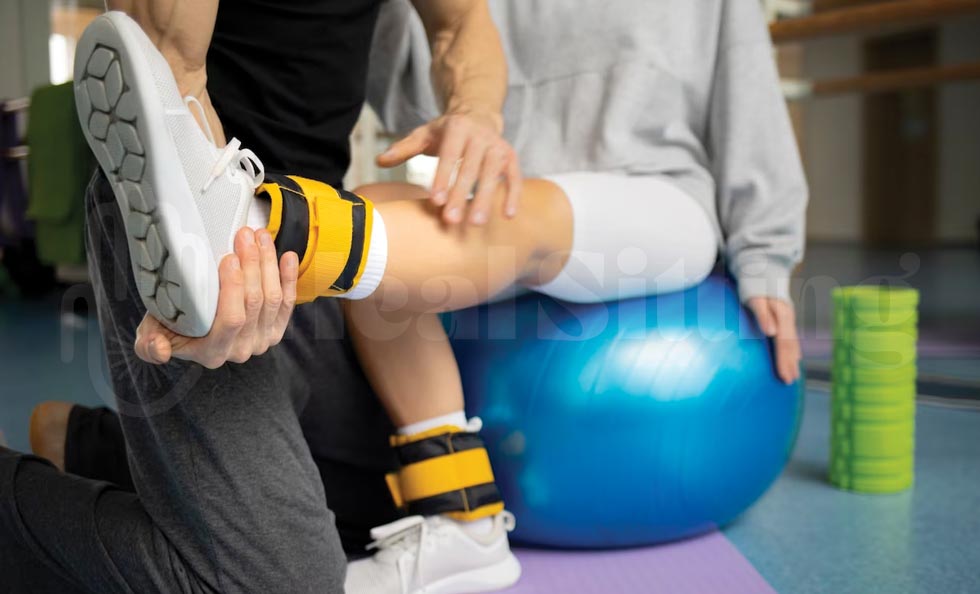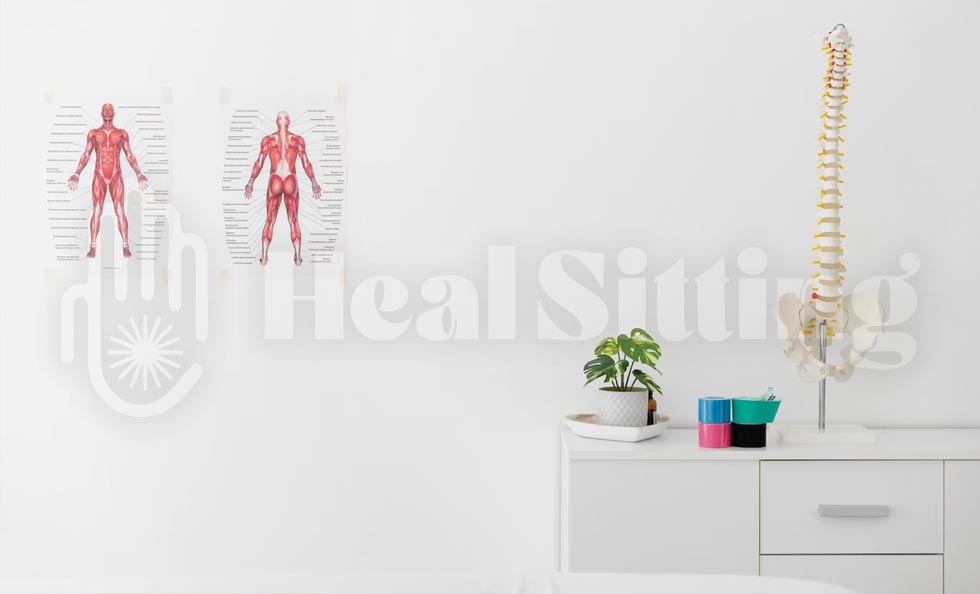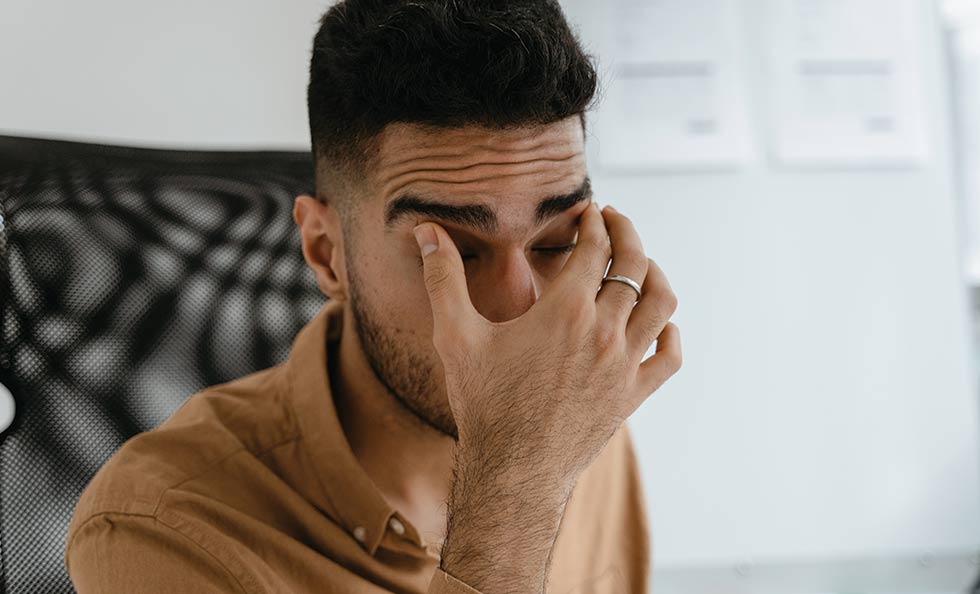Applied kinesiology is a form of alternative medicine and has two main phases – diagnosis and treatment. Diagnosis is through muscle testing and treatment is prescribed according to the patient and may include acupuncture, chiropractic, manual therapies, nutritional supplements, regimens, etc.
Applied kinesiology differs from kinesiology.
Kinesiology is the science of movement in the human body. And applied kinesiology is a method of alternative medicine used for diagnosis and treatment. Through different approaches, different aspects of human health are evaluated. The basis is manual muscle testing. The practitioner of applied kinesiology detects an imbalance in a muscle, then his or her goal is to discover why that muscle is not functioning properly and how that imbalance can be corrected.
Muscle tone can also be recorded using a variety of devices, but the best method remains manual muscle testing. While the apparatus can only give a quantitative assessment, the hand of the examiner is able to determine the type of muscle contraction, the sequence of muscle fiber involvement, and other functional features that are inaccessible to the apparatus. Manual muscle testing allows not only determines the tone of the muscle but also makes it possible to establish the cause of its change. When the cause of the resulting imbalance is known, the correct therapy can be accurately and strictly individualized.
Applied kinesiology views health as a triangle whose sides are structural, biochemical, and psychological parts of the human body.
Structural part – the connection and interaction between muscles, bones, nerves, joints and tendons, and spine.
The biochemical part – applied kinesiology looks at the food, diet, and biochemistry of the patient. There are thousands of reactions taking place at the biochemical level and in this respect, people are different and unique.
The psychological part – is crucial. Many psychological problems are a consequence of a physiological cause and vice versa.
For the triad of health, the following things apply:
- If the three sides are equal, then one is in harmony and in excellent health.
- If one of the sides shortens (a health problem appears), then this directly impacts the other two, and optimal health is reduced.
- Applied kinesiology became distinct in 1964 and is associated with the name of Dr. George Goodhart.
George Goodhart was an American chiropractor with 50 years of practice.
In 1964, he discovered the reciprocal relationship between weak muscles and their recovery and strengthening. Drawing on manual muscle testing and a number of other approaches, Goodhart created and developed applied kinesiology.
Applied kinesiology is based on the principles of functional neurology, anatomy, physiology, biomechanics, and biochemistry, as well as the principles of Chinese medicine, acupuncture, and massage.
Its goal is to improve human health and existence using the body as a tool to diagnose and detect the problem.
Diagnosing a disease is done by determining the degree of muscle weakness. This is the essence of manual muscle testing (MMT), and it is the foundation of applied kinesiology.
MMT provides unique information about a patient’s condition and is used in:
- Diagnosing disease;
- Treatment planning;
- Conducting treatment and assessing the condition after therapy;
Determining whether the disease has been completely eliminated.
Applied Kinesiology uses MMT to identify areas of stress in a person’s life and select the most effective ways to help them.
Through applied kinesiology, not only can a disease be detected on a physiological or psychological level, but various preparations and products of everyday life can also be tested and accordingly checked to see if they are suitable for the body according to its reaction.
The basic postulate of applied kinesiology states that body language never lies. Therefore, we must let it tell us what needs to be done, using it as a tool for our diagnosis and therapy.
* Healsitting.com articles are for informational and educational purposes only and do not replace professional medical advice, diagnosis, or treatment. Always consult your doctor for any questions you may have about a medical condition.





